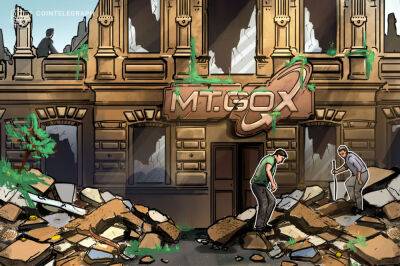3 reasons why the Bitcoin price bottom is not in
Bitcoin (BTC) recovered modestly on Aug. 20 but remained on course to log its worst weekly performance in the last two months.
On the daily chart, BTC's price climbed 2.58% to $21,372 per token but was still down by nearly 14.5% week-to-date, its worst weekly returns since mid August. Nonetheless, some on-chain indicators suggest that Bitcoin's correction phase could be coming to an end.
That includes Hash Ribbons, a metric that tracks Bitcoin's hash rate to determine whether miners are in accumulation or capitulation mode. As of Aug. 20, the metric is showing that the miners' capitulation is over for the first time since August 2021, which could result in the price momentum switching from negative to positive.
Nonetheless, Bitcoin has been unable to shrug off a flurry of prevailing negative indicators, ranging from negative technical setups to its continued exposure to macro risks. Therefore, despite optimistic on-chain metrics, a bearish continuation cannot be ruled out.
Here are three reasons why Bitcoin's market bottom may not be in yet.
Bitcoin's price decline this week has triggered a rising wedge breakdown, suggesting more losses for the crypto in the coming weeks.
Rising wedges are bearish reversal patterns that form after the price rises inside a contracting, ascending channel but resolve after the price breaks out of it to the downside, which could result in a drop to as low as the maximum wedge's height.
Applying the technical principles on the BTC chart above presents $17,600 as the rising wedge breakdown target. In other words, the Bitcoin price could fall by approximately 25% by September.
Bitcoin had surged by approximately 45% during its rising wedge formation, after bottoming out locally at around $17,500 in
Read more on cointelegraph.com



















